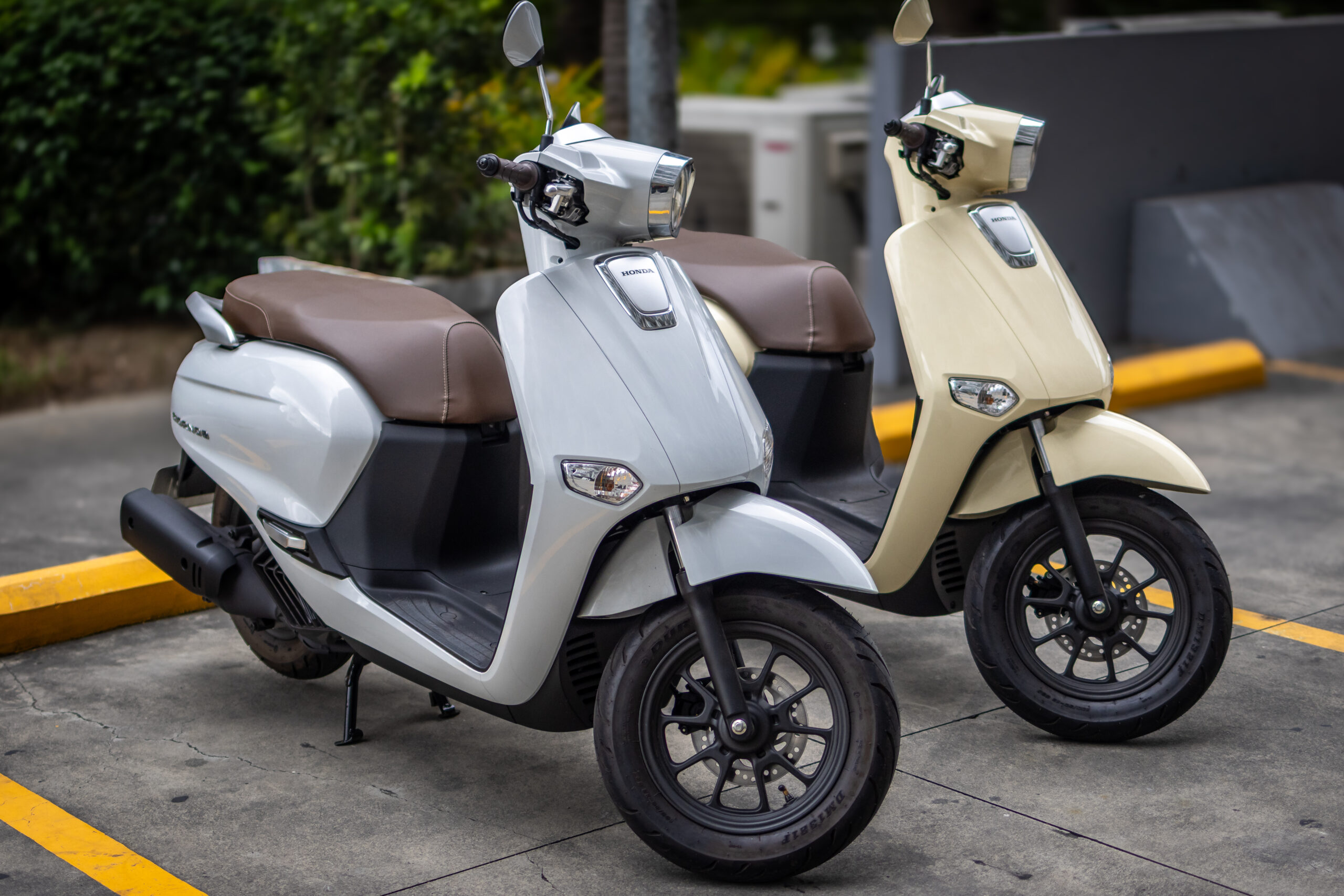Unveiling of the Maserati GT2: Set to Make Its Debut in the 2023 Fanatec GT2 European Series

At the 24 Hours of Spa – one of the most anticipated racing events in the international motorsport season – last Friday, June 30 Maserati unveiled to the world its latest track creation, the Maserati GT2.
After the announcement of the shakedown in early March, which was followed by an intensive series of tests to tune up the car, the House of the Trident officially unveiled its new gem of technology and performance, developed to bring the Maserati brand back to GT competitions. It had previously carved its name there with the winning MC12, which completely dominated the track from 2005 to 2010.
The Maserati GT2 is an exceptional synthesis between Maserati’s past, present and future: it draws on the living legacy of the MC12; it expresses the best potential, in the racing version, of the MC20 super sports car – taking the already exceptional 463-kW/621-hp Nettuno V6 engine to the extreme, and is preparing to chart a new course in the future of the Trident, which is determined to write exciting new chapters in the history of motorsport.
Maserati has designed and built a racing car dedicated to private teams and gentleman drivers. A masterpiece of performance that combines history, innovation and sporting attitude, features that have always characterised the Trident’s track and road cars. Conceived and designed to take part in championships or individual events reserved for the GT2 class, the Maserati GT2 will debut on the track in the final stages of the 2023 Fanatec GT European Series, and is due to participate in the entire 2024 season.
Davide Grasso, Maserati CEO, commented: “Our DNA and our spirit have always lain in racing. Our story began and developed from the track to the road. The decision to return to track racing forms part of a thorough strategic framework, inaugurated this year with the debut in Formula E, to which we have now added our return to the world of GT competitions. Now more than ever we want to rekindle and nourish that competitive passion that has always characterised and motivated us to achieve major milestones”.
The Trident thus celebrates its return to the world of exciting GT competitions with a cutting-edge product, the result of a creative and design partnership between the Maserati Innovation Lab, the Centro Stile Maserati and the technological excellence of the Maserati dynamic simulator.
Maserati S.p.A.
Maserati produces a complete range of unique cars, immediately recognisable for their extraordinary personality. Thanks to their style, technology and innately exclusive character, they delight the most discerning, demanding tastes and have always been a benchmark for the global automotive industry. A tradition of successful cars, each of them redefining what makes an Italian sports car in terms of design, performance, comfort, elegance and safety, currently available in more than 70 markets internationally. The ambassadors of this heritage are the Quattroporte flagship, the Ghibli sports sedan, the Levante – the first SUV made by Maserati, and the Grecale, the “everyday exceptional” SUV, all models characterised by the use of the highest quality materials and excellent technical solutions. A range equipped with 4-cylinder hybrid powertrains – available for Ghibli, Grecale and Levante – V6 and V8 petrol engines, with rear-wheel and four-wheel drive, embodying the performance DNA of the Trident Brand, now completed with the Grecale Folgore, Maserati’s first full-electric SUV. The top of the range is made up of the MC20 super sports car and the MC20 Cielo spyder, powered by the ground-breaking 100% Maserati Nettuno V6 engine, which incorporates F1-derived technologies into the power unit of a standard production car for the first time. The new GranTurismo is available with both the powerful V6 petrol engine, derived from the Nettuno, and a 100% electric version: the GranTurismoFolgore, the first car in the Modena-based brand’s history to adopt this solution. By 2025, all Maserati models will also be available in a full-electric version, and the entire Maserati range will run on electricity alone by 2030.























0 comments